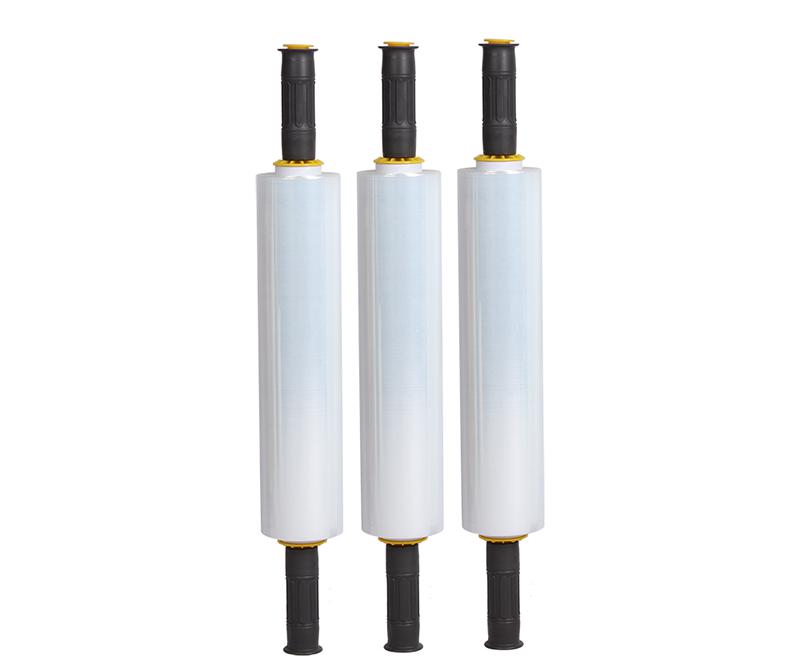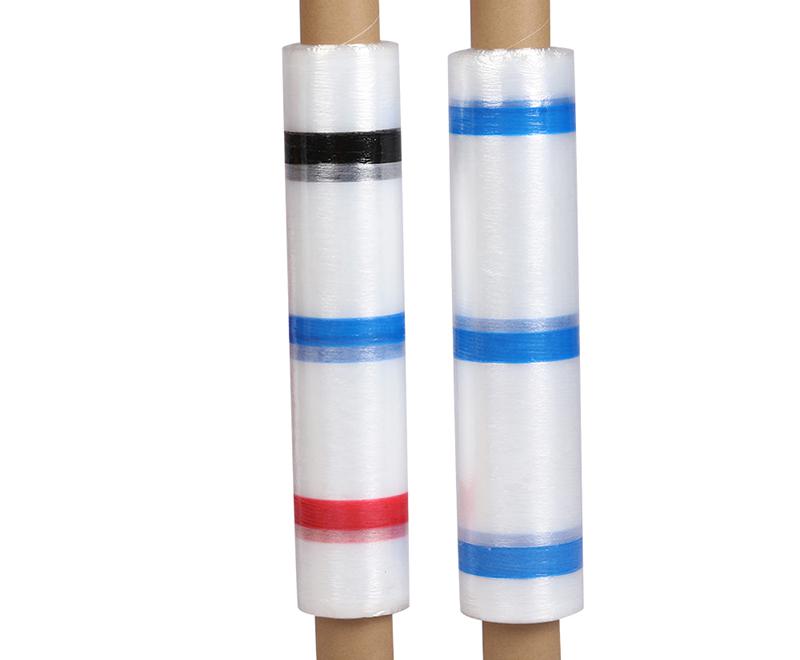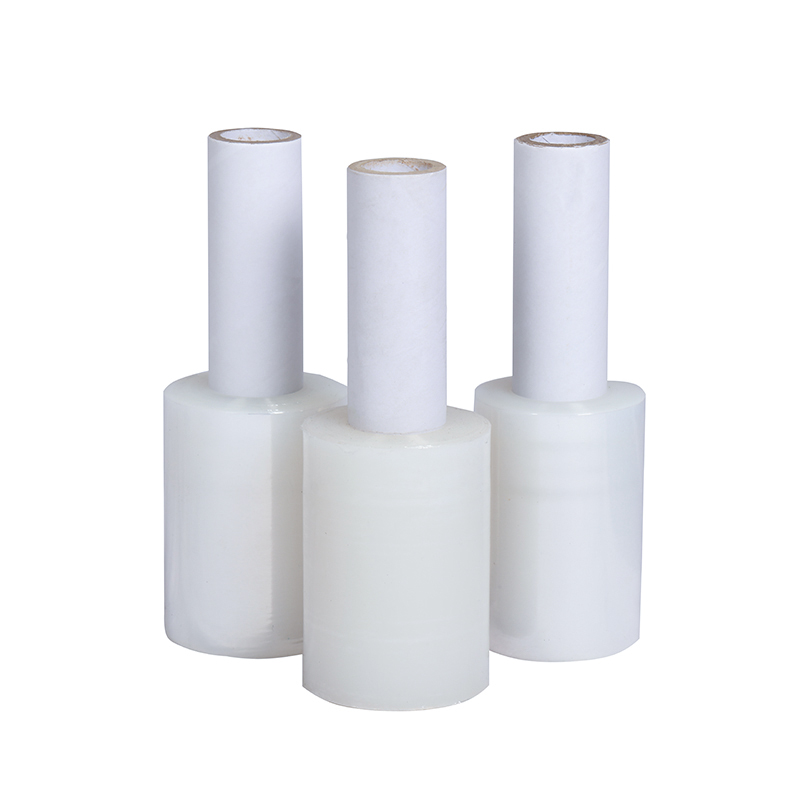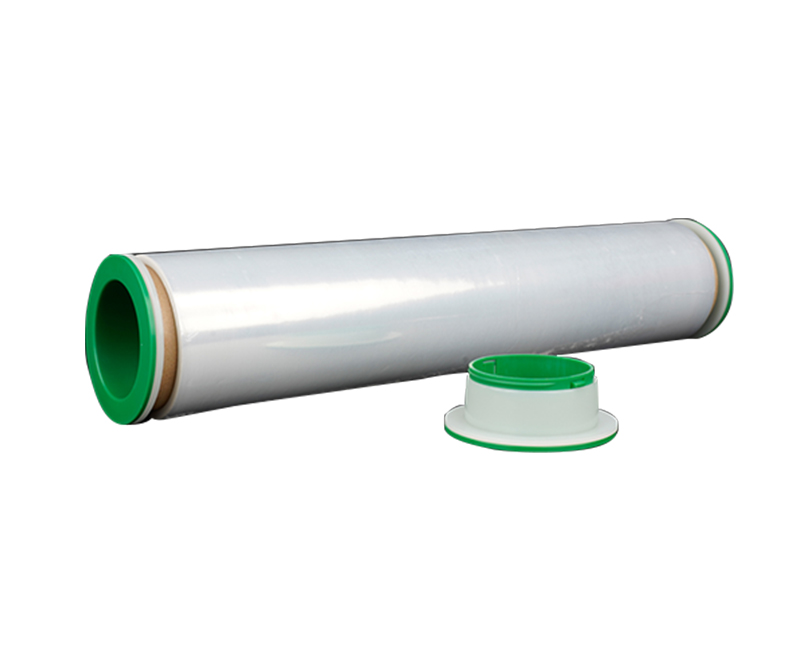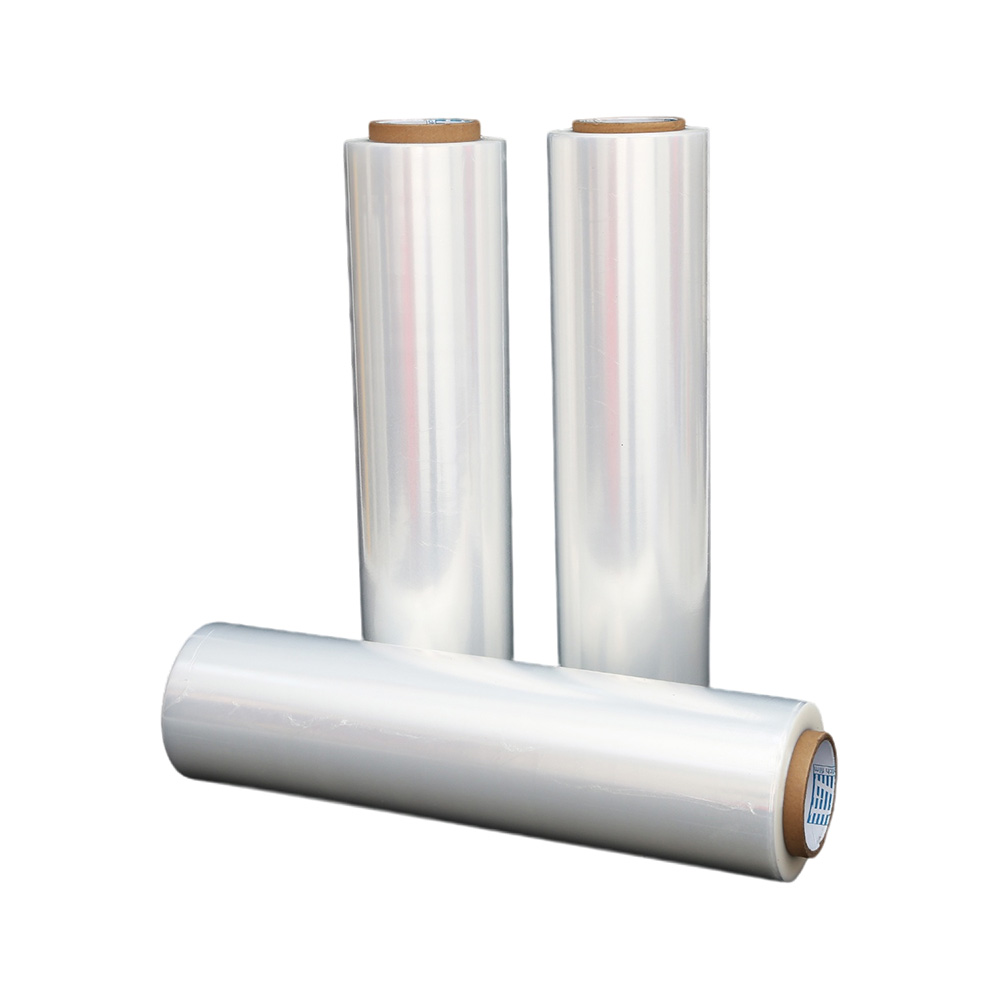Pre-Stretch vs. Stretch Film: Best Packaging Choice
Source:Pre-Stretch vs. Stretch Film: Best Packaging ChoiceTime:2025-05-09Visitors:
Did you know that the right stretch film could slash your packaging costs by up to 50% while making your operations more sustainable? In industries like logistics, warehousing, and shipping, stretch films are the unsung heroes that keep goods secure and protected. But with options like pre-stretch film and standard stretch film, how do you choose? This article dives deep into their differences, benefits, and applications to help you decide—whether you’re a small business owner, a warehouse manager, or a packaging pro.
What Are Stretch Film and Pre-Stretch Film?
Stretch Film: The Basics
Stretch film, often called stretch wrap, is a flexible plastic film made from linear low-density polyethylene (LLDPE). It’s designed to stretch around pallets or products, creating tension that holds everything in place. Think of it as a giant elastic band for your goods, protecting them from dust, moisture, and damage during transit or storage.
Pre-Stretch Film: A Step Ahead
Pre-stretch film is a specialized version of stretch wrap. During manufacturing, it’s stretched close to its breaking point and then rolled up. This process makes it thinner, lighter, and ready to use with less effort. Imagine a pre-tensioned spring—it’s primed to snap back and secure your load with minimal stretching on your part.
Both films serve the same core purpose, but their differences can make a big impact. Let’s break it down.
Key Differences Between Pre-Stretch and Standard Stretch Film
To pick the right film, you need to know how they differ. Here’s a detailed comparison:
Physical Properties
- Elasticity: Pre-stretch film has enhanced “memory”—it tightens after being applied. Standard stretch film stretches as you wrap, relying on your effort to create tension.
- Thickness: Pre-stretch film is thinner (typically 30-50 gauge) but maintains strength, while standard film is thicker (60-120 gauge) for added durability.
Application Methods
- Manual Application: Pre-stretch film is a breeze to use by hand, requiring less force and reducing fatigue. Standard film takes more muscle, especially for large loads.
- Machine Application: Standard film pairs well with pre-stretch machines, while pre-stretch film shines with core brake systems or manual setups.
Performance
- Load Stability: Pre-stretch film excels with uniform, lightweight loads, offering consistent tension. Standard film is better for heavy or irregular loads that need extra grip.
- Durability: Standard film’s thicker build resists punctures from sharp edges, while pre-stretch film is ideal for lighter, smoother items.
Here’s a handy comparison table:
Benefits of Pre-Stretch Film
Pre-stretch film has gained popularity for good reason. Here’s why it might be your go-to choice:
Ease of Use
- Less Effort: Pre-stretched during production, it applies smoothly with minimal force, reducing strain on workers.
- Speed: Faster wrapping times mean higher productivity—perfect for busy warehouses.
Cost Efficiency
- Material Savings: Uses 25-50% less film per pallet, cutting costs significantly over time.
- Lightweight Rolls: At around 4 pounds per roll (vs. 8-9 pounds for standard film), it’s easier to handle and reduces shipping costs.
Sustainability
- Reduced Plastic: Less film per wrap means less waste, making it an eco-friendly option.
- Recyclable: Like standard film, it’s recyclable, but its efficiency gives it a green edge.
Load Security
- Tight Hold: Its memory effect ensures loads stay secure, even if they shift slightly during transit.
For example, a business wrapping 50 pallets daily could save up to $2,000 a year with pre-stretch film, thanks to lower material and labor costs.
When to Use Standard Stretch Film
Standard stretch film still has its place. Here’s when it shines:
Heavy or Irregular Loads
- Toughness: Its thicker gauge handles sharp edges or heavy items—like metal parts or lumber—without tearing.
- Adaptability: Stretches more during application, conforming to odd shapes.
Machine Compatibility
- Pre-Stretch Machines: Works seamlessly with equipment designed to stretch film on the fly, ideal for high-volume operations.
Budget Considerations
- Lower Upfront Cost: Cheaper per roll, it’s a practical choice for businesses prioritizing initial savings.
Cost Analysis: Pre-Stretch vs. Standard Stretch Film
Let’s talk numbers:
- Upfront Cost: Pre-stretch film might cost more per roll due to its specialized manufacturing. Standard film is typically cheaper initially.
- Long-Term Savings: Pre-stretch film’s efficiency—using less material and time—can save up to 50% on packaging costs over months or years.
- Labor Impact: Lighter rolls and faster application with pre-stretch film reduce labor expenses.
Example: A company wrapping 100 pallets daily might spend $5,000 annually on standard film but only $3,000 with pre-stretch film, factoring in material and labor savings.
Environmental Impact
Sustainability matters more than ever. Here’s how these films stack up:
- Material Efficiency: Pre-stretch film uses less plastic per pallet, reducing your environmental footprint.
- Waste Reduction: Less film means less trash—crucial for businesses aiming to go green.
- Recycling: Both are recyclable, but pre-stretch film’s lower usage makes it a standout for eco-conscious operations.
Switching to pre-stretch film could cut your plastic waste by thousands of pounds annually, supporting both your budget and the planet.
Choosing the Right Film for Your Needs
The best choice depends on your situation. Here’s a quick guide:
Load Type
- Uniform, Lightweight: Pre-stretch film is perfect for boxed goods or consistent pallets.
- Heavy or Irregular: Standard film handles construction materials or machinery better.
Application Method
- Manual Wrapping: Pre-stretch film wins for ease and speed.
- Machine Wrapping: Standard film suits pre-stretch machines; pre-stretch film works with simpler setups.
Budget
- Short-Term: Standard film saves upfront.
- Long-Term: Pre-stretch film pays off with efficiency.
Case Study: A mid-sized warehouse switched to pre-stretch film for its 75 daily pallets. Within six months, they cut packaging costs by 35% and reduced worker fatigue—proof of its real-world value.
Conclusion
Pre-stretch and standard stretch films each bring unique strengths to the table. Pre-stretch film offers cost savings, sustainability, and ease for uniform loads, while standard film provides durability for tougher jobs. Assess your load type, application method, and budget to find your fit.
Looking for top-tier stretch film solutions? Dongguan Zhiteng Plastic Product Co., Ltd. has over 23 years of experience crafting high-quality stretch films tailored to your needs. Our pre-stretch and standard films deliver durability, efficiency, and eco-friendly performance. Reach out at zt@dgztpacking.com or +86-13427862379 to secure your goods and streamline your operations today.Recommended Products
Ranked in the same article
- how to use the stretch film technology to r
- How can we get detailed price list?
- Five common quality problems of PE protecti
- Plastic film degradation
- How to guarantee punctual shipment for our
- Gauge to Micron and Millimetre Conversion G
- What is the difference between stretch film
- Testing the permeability of stretch film
- Stretch film temperature requirements
- Electrical wire film VS electrostatic film
- Why insufficient transparency of stretch w
Latest news articles
- The Ultimate Guide to Choosing the Right Ma
- Bundling Stretch Film: Optimize Your Packag
- The significance of using PE electric wire
- Stretch Film Wrap: Unraveling Its Benefits
- What is the Difference Between Magic Tape a
- How to check the quality of PE stretch film
- What Properties Ensure Effective Cold Chain
- The 133rd Spring Canton Fair
- Advantages of white engineering film
- How can PE stretch film be cut better?
- Factors affecting viscosity of PE stretch f

